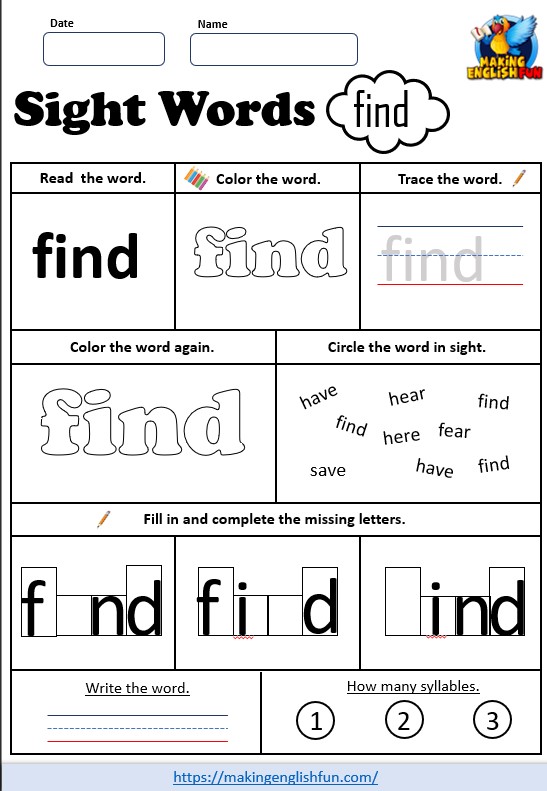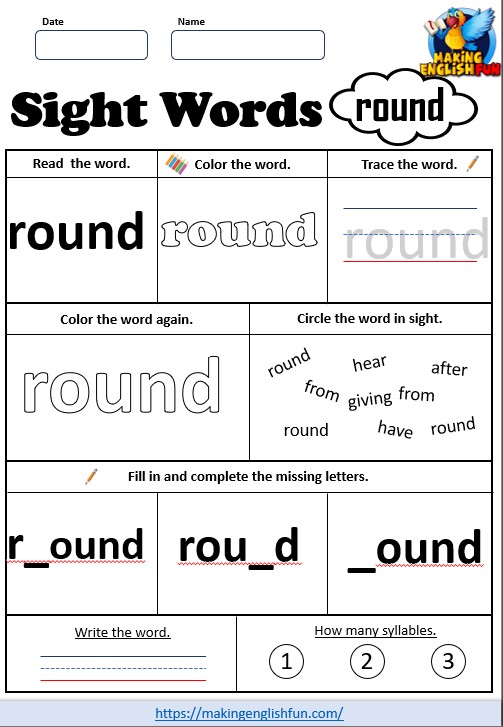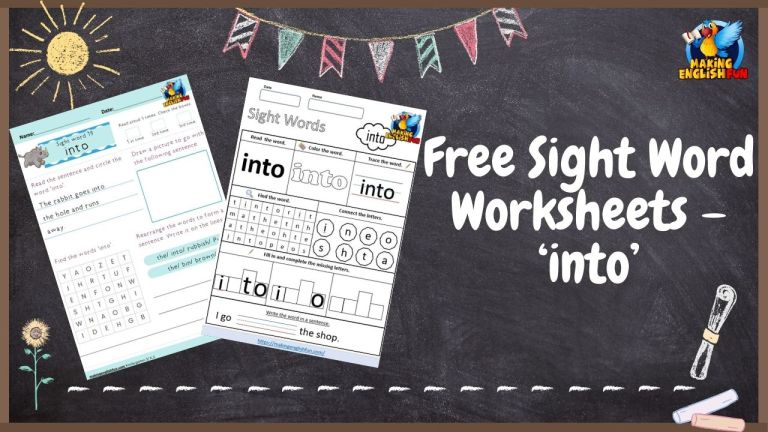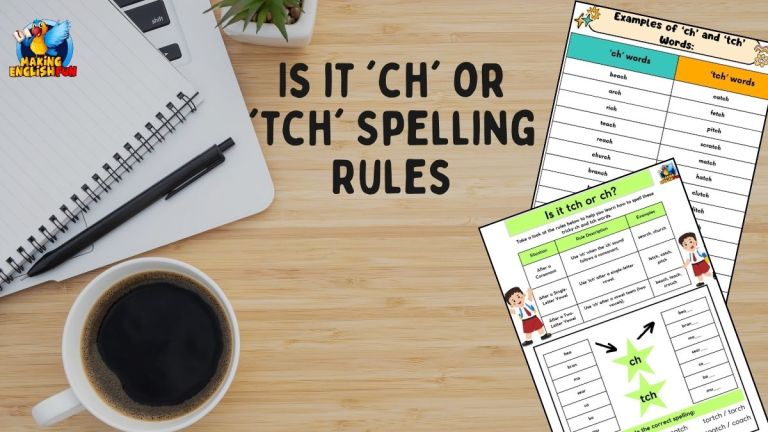Which Graphemes Should Be Taught First
I am sure many parents are not always confident when they need to help their children learn and understand graphemes. I always found it daunting to teach my children to spell when hearing a different sound! So, which graphemes are taught first?
Graphemes that should be taught first are the most common single-letter graphemes (t; a; s; n; p and i) and some digraph (two-letter) graphemes (ch; sh; th; wh and ck). Graphemes are first taught in the first grade, but some simple sounds and letter graphemes may be first introduced in Kindergarten.
The list of graphemes is lengthy, with so many different phonemes. Teaching graphemes is not always an easy task for the teacher to teach and for the student to learn and understand. We will break down the suggested order and take a more detailed look at graphemes below.
What Are Graphemes
Graphemes are a way of recording sounds in writing and print. The letter or group of letters that represent a phoneme (sound) is called a grapheme. Children first notice graphemes that are common, meaningful, and useful to them, such as the letters representing the sounds of their name. When they say the sound /t/, this is a phoneme, but this is a grapheme when they write the letter ‘t’.
Learning about the relationship between graphemes and phonemes will allow the child to transcribe what they hear into writing. A few of the most common graphemes are (t; n; i; e; s; p). These are also usually the first graphemes to be introduced. Children will learn which grapheme goes with which phoneme.

How Many Graphemes are There in the English Language.
There are 44 phonemes, 26 letters, and 250 graphemes that make up the English language. Most words are made of a group of graphemes or letters for example (cat = 3 letters) and pronounced c-a-t (each letter represents a single phoneme). (shut = 4 letters, but 3 graphemes though) sh-u-t.
Graphemes are represented by one letter (t), two letters (ch), three letters (igh), or four letters (eigh), and each letter or group of letters has only one phoneme (sound).
Examples of Graphemes
- A one-letter grapheme – e.g., the word ‘a’ (the grapheme is the ‘a’ letter) and (the phoneme is an /a/ sound). This letter ‘a’ is the same as the sound which represents it. ( although it can be both a long or short sound.
- A two-letter grapheme (digraph) – e.g., in the word ‘church’ (the grapheme is the ‘ch’ letters) and. The letters individually do are not pronounced the same are the grapheme. This word actulaly has 3 graphemes, 5 letters and 3 sounds (phonemes)
- A three-letter grapheme (trigraph) – e.g in the word ‘light’, (the grapheme is the ‘igh’ letters) and (the phoneme is a /ie/ sound). The letters are not written the same as the sound that represents them.
- A four-letter grapheme – e.g., the word ‘drought’ (the grapheme is the ‘ough’ letters) and (the phoneme is a /ow/ sound). The letters are not the same as the sound it represents. Four letter graphemes can be presented by multiple phonemes with different pronunciations such as d-ough; c-ough). ( just to confuse matters more!)
Which Graphemes Are Taught First?
It is essential to teach children phonemic awareness (hearing the sound that represents a letter) and the awareness of graphemes (to accurately spell and write the word).
Graphemes are taught when students see the letter (grapheme) in print or on a flashcard; the teacher says the sound (phoneme), and the students hear this. They repeat or say the sounds aloud and write down the corresponding letters. (see/hear/say/write)
Here is a summary of when students are introduced to graphemes:
- Kindergarten
Phonics lessons in the kindergarten start with the most common single-letter graphemes, e.g. (s, a, t, p, i, n, m, d) and digraphs (ch, sh, th, wh, and ck). Students practice short vowel words first, e.g. (at, ten, sit, dog, cup), followed by learning trigraphs (tch, dge). Once students are proficient, you can teach the consonant blends (tr, cl, sp).
- First Grade
In first grade the focus continues with children learning the letters and the single grapheme letter sounds. Some lessons later on may include the common digraphs (ch; sh; th; wh and ck). First grade children will not be expected to learn how these words are spelled to strictly at this level.
- Second, Third Grade, and Onwards
Students will continue learning graphemes in the second, the third grade, and onwards with more complex letter blends. There are numerous other alternate pronunciations and many different spelling patterns that they will still need to learn.
Below are tables of the most common single, digraph, and trigraph graphemes.
- Simple Graphemes for Phonemes
| Set No | Letters (phonemes) | Words representing the sound (Graphemes) | |
| 1 | s; a; t; p | s a t p | sat pat at as |
| 2 | i; n; m; d | i n m d | sit pip is it tip nip pin in nap pan on tin mat man am map dim din dip did dad sad |
| 3 | g; o; c; k | g o c k | pig dig gap gas got dog on pot pop not top cot cat can cap cod kid kit |
| 4 | ck (ending); e; u; r | ck e u r | back kick pack pick sack tick sick ten pen peg pet den get neck mug cup duck nut mud sum up red ran rat ram run rip rug |
| 5 | h; b; f; ff (ending); l; ll (ending); ss (ending) | h b f ff l ll ss | hit hug hot him hid his hen hat has back bad bed bin big hit but bus bud but if fun fat fan fed of fog off puff cuff huff lap let luck lot log lip leg lid hill bell fill doll fell tell ill well fuss boss hiss kiss less loss mess miss |
- Remaining Phonemes, Digraph and Tri-graph Graphemes
| Set No | Letters (phonemes) | Words representing the sound (Graphemes) | |
| 1 | j; v; w; x | j v w x | jog jet jug jam job visit vivid van vet cobweb will win wag wet exit six box fix fox wax mix |
| 2 | y; z; zz; qu | y z zz qu | yell yes yap yet zip zigzag buzz fizz liquid quit quiz quick quack |
| Consonant Digraphs | ch; sh; th (as in then); ng; th (as in thin) | ch sh th ng th | Rich much chat check chin such chip chop shock wish shall cash fish ship shop shell with this that them then song wing sing ring rang long king bang along thick thin thud moth |
| Vowel Digraphs | ai; ee; oa; oo(as in boot); oo (as in book) | ai ee oa oo oo | paid tail sail main wait aim nail rain need been feel feet teeth seen meet week see soap foam boat coat loaf road load coach rooftop zoo pool moon cool boot food soon wood took foot good book cook look hood |
| Vowel Digraphs | ar; or; ur; ow; oi; er | ar or ur ow oi er | park hard farm dark car jar farmyard bar bark torn worn born sort for fork corn short hurt church burn turn turnip fur curl owl bow cow town down how now boil soil join oil foil coil summer mixer bigger never hotter better |

Conclusion
Graphemes that are first taught are single and the most common (t; a; s; n; p and i). These graphemes are first introduced in Kindergarten. In the first grade, they are re-taught, but the written words are also learned.
Graphemes are also represented by more than one letter, digraphs (two-letter), trigraphs (three letters), and on some occasions, four letters.
Children must learn phonemic awareness together with graphemes to correctly connect the sound of letters to the written word.
References
https://www.youtube.com/watch?v=dF72JEl_SvU







